Rosa 'Trier', Real Jardín Botánico, Madrid: A. Barra, CC BY-SA 3.0, via Wikimedia Commons @ https://en.wikipedia.org/wiki/File:Rosa_'Trier'.jpg
Europa-Rosarium Sangerhausen: Corradox, CC BY-SA 3.0, via Wikimedia Commons @ https://commons.wikimedia.org/wiki/File:Sangerhausen_Rosarium.JPG
1908 oil portrait of Auguste Viktoria, Deutsche Kaiserin (1858-1921) by Philip Alexius de László (April 30, 1869-Nov. 22, 1937): Public Domain, via Wikimedia Commons @ http://commons.wikimedia.org/wiki/File:Philip_Alexius_de_Laszlo_-_Auguste_Viktoria,_Deutsche_Kaiserin,_1908.jpg
climbing roses, Europas Rosengarten in Zweibrücken: Akinom, Public Domain, via Wikimeida Commons @ https://commons.wikimedia.org/wiki/File:Kletterrose_Rosengarten_ZW.jpg
International Rose Garden, Kortrijk, northwestern Belgium: Jamain, CC BY SA 3.0, via Wikimedia Commons @ https://commons.wikimedia.org/wiki/File:Rosa_'Mozart'_J2.jpg
Rosa 'Trier': Helena Verghese Borg, CC BY-SA 2.5, via Wikimedia Commons @ https://commons.wikimedia.org/wiki/File:Rosa_Trier1HELLAN.jpg
ca. 1890-1900 Detroit Publishing Company photochrom print; Library of Congress Photochrom print collection--Views of Germany: Public Domain, via Library of Congress Prints and Photographs Online Catalog (PPOC) @ https://www.loc.gov/pictures/item/2002713960/
Rosa 'Léonie Lamesch', Real Jardín Botánico, Madrid: A. Barra, CC BY-SA 3.0, via Wikimedia Commons @ https://commons.wikimedia.org/wiki/File:Rosa_'Leonie_Lamesch'.jpg
Florida Southern College, Lakeland, central Florida: Malcolm Manners (mmmavocado), CC BY 2.0, via Flickr @ https://www.flickr.com/photos/mmmavocado/6367330987/
Peter Lambert bust in Nells Park, Trier, Germany: Trier, CC BY-SA 3.0, via Wikimedia Commons @ https://en.wikipedia.org/wiki/File:Peter-lambert-nells-park-trier.jpg
c1890-1900 photochrom print by Detroit Publishing Company; Library of Congress Photochrom print collection--Views of Germany: Public Domain, via Library of Congress Prints and Photographs Online Catalog (PPOC) @ https://www.loc.gov/pictures/item/2002713961/
"Kloster Sankt Marien in Trier" in Sebastian Münster, Cosmographia (1550): Public Domain, via Wikimedia Commons @ https://commons.wikimedia.org/wiki/File:Sankt_Marien_1550_Münster.jpg
'Léonie Lamesch': Florida Southern College Roses April 2008: Malcolm Manners (mmmavocado), CC BY 2.0, via Flickr @ https://www.flickr.com/photos/mmmavocado/2432432523/


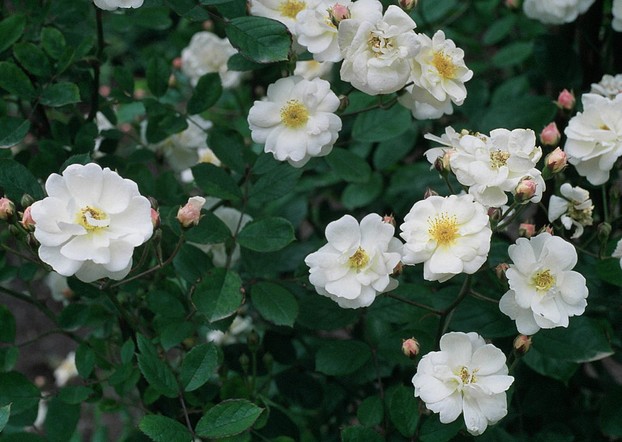
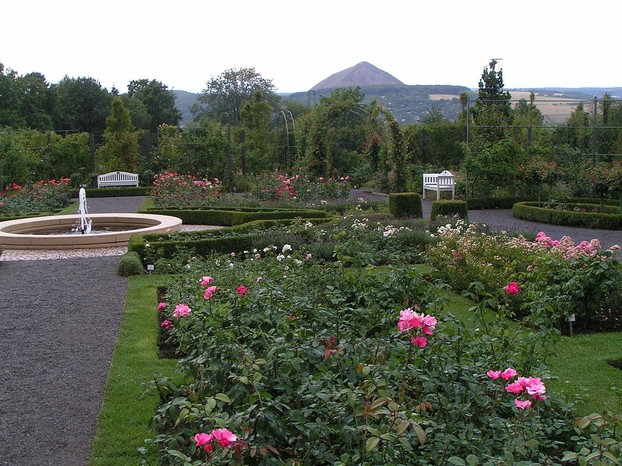
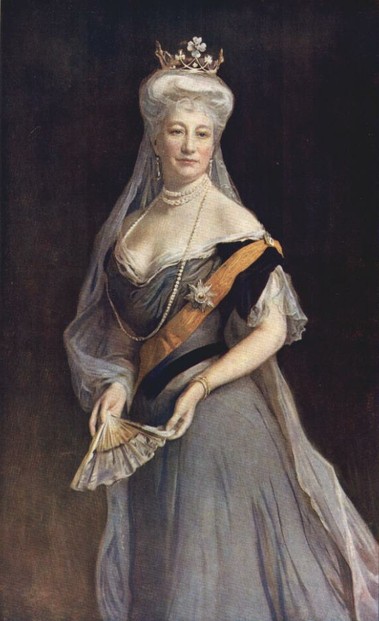
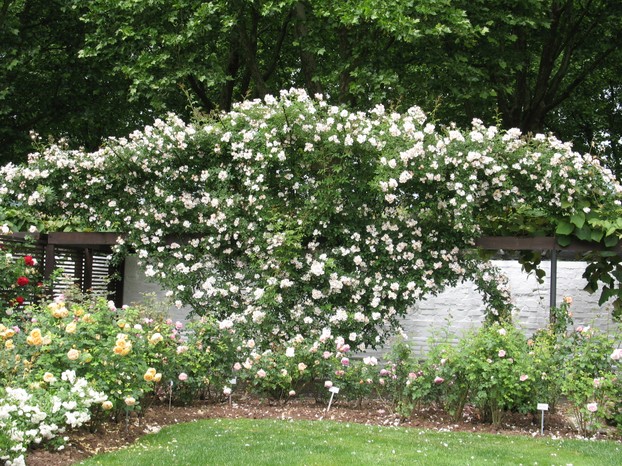
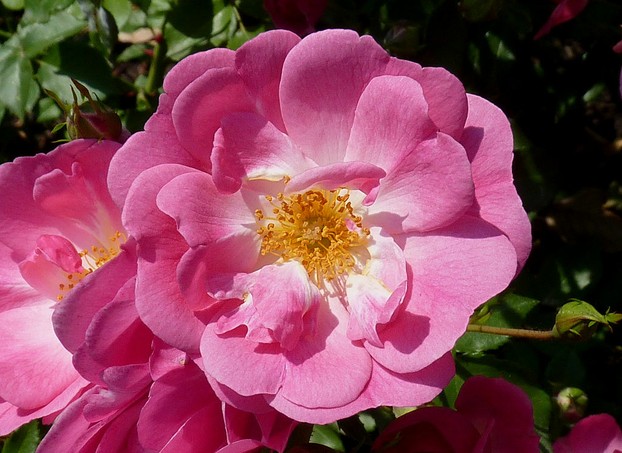
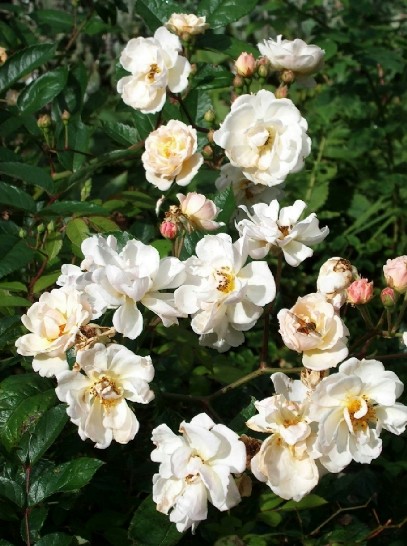
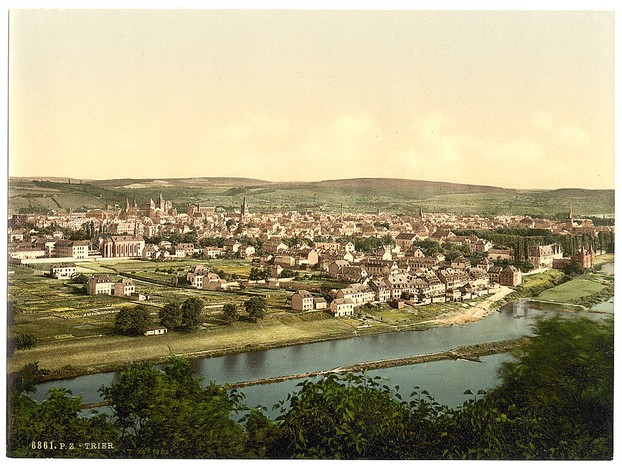
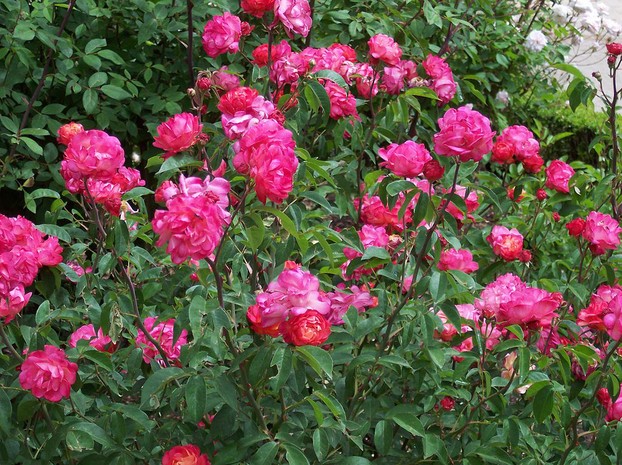
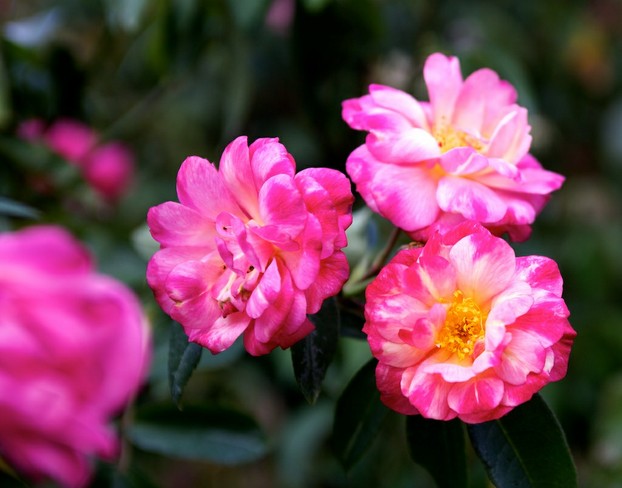
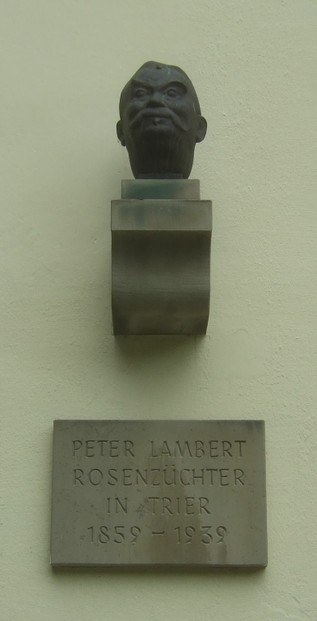
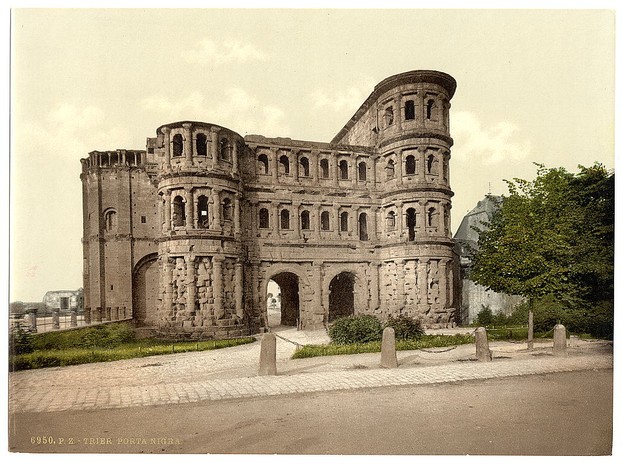
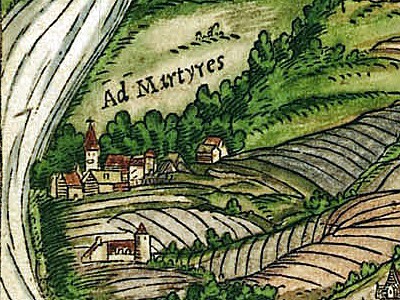
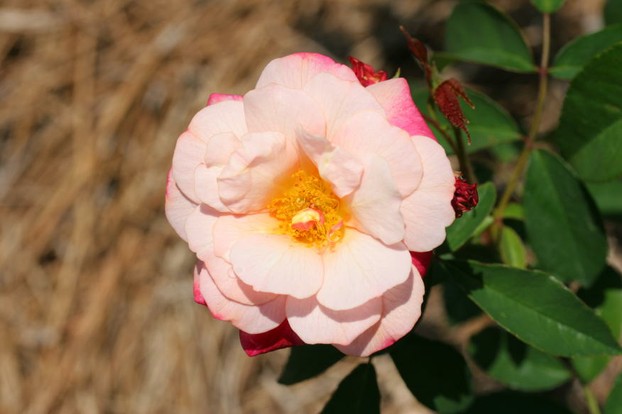



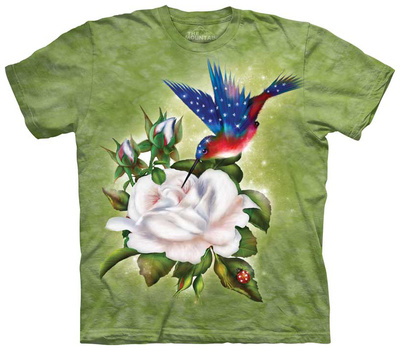


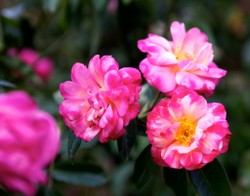

 Are Hawaiian Huakai Po Nightmarchers Avenging Halloween Thursday?on 10/02/2024
Are Hawaiian Huakai Po Nightmarchers Avenging Halloween Thursday?on 10/02/2024
 Mailing Addresses for 2023 Form 4868 Extending 1040 and 1040SR April 15, 2024, Due Dateon 04/15/2024
Mailing Addresses for 2023 Form 4868 Extending 1040 and 1040SR April 15, 2024, Due Dateon 04/15/2024
 Mailing Addresses for 2023 Forms 1040 and 1040SR Filed in 2024on 04/15/2024
Mailing Addresses for 2023 Forms 1040 and 1040SR Filed in 2024on 04/15/2024
 Mailing Addresses for 2022 Form 4868 Extending 1040 and 1040SR April 18, 2023, Due Dateon 04/13/2023
Mailing Addresses for 2022 Form 4868 Extending 1040 and 1040SR April 18, 2023, Due Dateon 04/13/2023

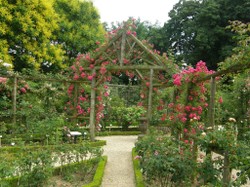
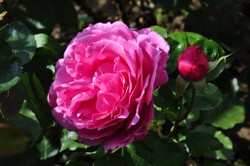
Comments